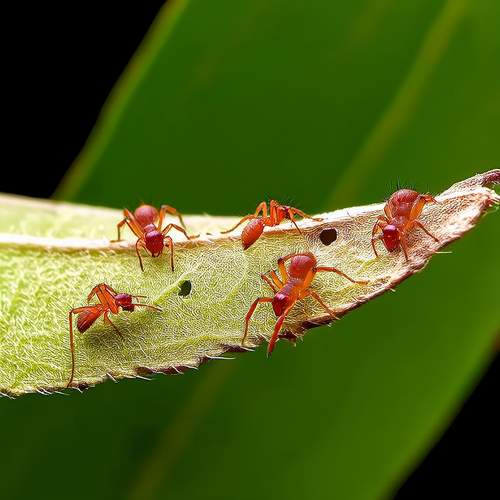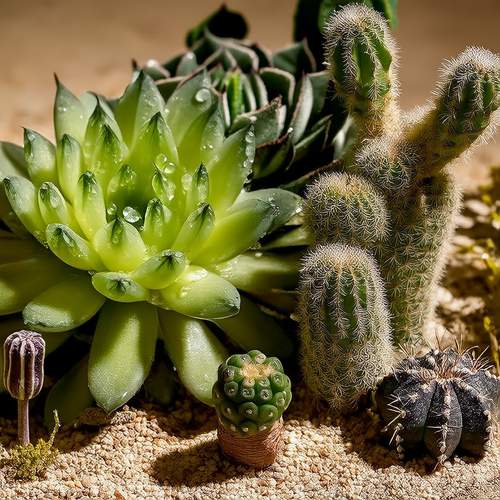The battle against red spider mites has long been a silent war waged in the corners of our homes and gardens. These minuscule arachnids, barely visible to the naked eye, thrive in dry environments where they spin their fine webs and suck the life out of plants. Unlike other pests that announce their presence with obvious damage, red spider mites operate as stealthy assassins, often going unnoticed until it’s too late. Their ability to reproduce rapidly under warm, arid conditions makes them a formidable foe for both amateur gardeners and agricultural professionals.
What makes red spider mites particularly dangerous is their resilience. They don’t just attack weak or stressed plants—they invade healthy ones with equal ferocity. Leaves begin to show tiny yellow speckles, a telltale sign of their feeding. Left unchecked, entire crops or ornamental plants can wither, their foliage turning bronze before crumbling away. The irony is that these pests flourish in the very conditions many people assume would deter them: dry heat. While other insects struggle in low humidity, red spider mites multiply, their populations exploding in a matter of days.
One of the most frustrating aspects of dealing with red spider mites is their near-invisibility. Without a magnifying glass, they appear as nothing more than faint dust on the underside of leaves. But under scrutiny, their true nature is revealed: eight-legged predators moving with unsettling speed. Their webbing, often mistaken for harmless spider silk, serves as both a protective barrier and a highway for their colonies. By the time these silken threads become visible, the infestation is usually severe.
Traditional pest control methods often fall short against these invaders. Chemical sprays that work on other mites may only temporarily suppress red spider populations, as survivors quickly develop resistance. Overwatering plants to counteract dryness isn’t a solution either—excess moisture can lead to root rot, creating a different set of problems. Instead, successful eradication requires a multi-pronged approach. Introducing natural predators like ladybugs or predatory mites can help, but even these biological controls must be carefully managed to avoid ecological imbalance.
Prevention remains the most effective strategy. Regularly misting plants to increase humidity disrupts the mites’ ideal breeding conditions. Inspecting new plants before introducing them to a garden or greenhouse is crucial, as many infestations begin with a single contaminated specimen. For those already facing an outbreak, horticultural oils or insecticidal soaps applied thoroughly—especially beneath leaves—can suffocate the pests without leaving harmful residues. Persistence is key; interrupting their reproductive cycle demands consistent treatment over several weeks.
The fight against red spider mites is more than just protecting plants—it’s about understanding how delicate ecosystems function within our controlled environments. These tiny creatures remind us that even the most overlooked pests can wield devastating power when conditions favor them. As climate patterns shift and droughts become more frequent in certain regions, the challenge of managing these dry-environment specialists will only intensify. Awareness, vigilance, and adaptive strategies will determine whether we win this invisible war or surrender our greenery to these nearly imperceptible destroyers.

By /May 21, 2025

By /May 21, 2025

By /May 21, 2025

By /May 21, 2025

By /May 21, 2025

By /May 21, 2025

By /May 21, 2025

By /May 21, 2025

By /May 21, 2025

By /May 21, 2025

By /May 21, 2025

By /May 21, 2025

By /May 21, 2025

By /May 21, 2025

By /May 21, 2025

By /May 21, 2025

By /May 21, 2025

By /May 21, 2025

By /May 21, 2025

By /May 21, 2025